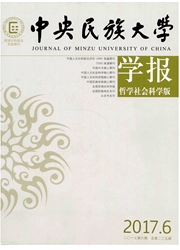

 中文摘要:
中文摘要:
汉族是我国56个民族中人口最多的民族,但是汉人社会有诸多亚群体存在,尤其是在古代中原以外的边陲地区。汉人亚群体在形成的过程中具有历史的、情境的、实践的及情感的要素。边界互动中根据历史情境而相应产生的情感及价值判断,是汉人亚群体得以维系认同纽带并获得相对独立族群身份的基础。贵州安顺地区"屯堡人"的案例研究表明,族群认同存在中间层次并具有现实性,这为我国民族多元一体格局提供了一种新解读。
 英文摘要:
英文摘要:
Han is a majority ethnic group in China with the largest population. There are also many sub-groups of Hart people especially in border areas outside ancient Central China. Han subgroups were formed according to several historical, contextual, practical and emotional reasons. Emotional reactions and value judgments were produced during ethnic boundary interactions in different kinds of historical contexts. They formed the base for Han sub-groups to maintain their tie of identity and gain a relatively independent ethnic identity. Through a case study of Tunpu people in Anshun of Guizhou Province, we found that ethnic identity has an intermediate level, which provides us with a new interpretation of the pattern of diversity in unity of the Chinese Nation.
 同期刊论文项目
同期刊论文项目
 同项目期刊论文
同项目期刊论文
 期刊信息
期刊信息
